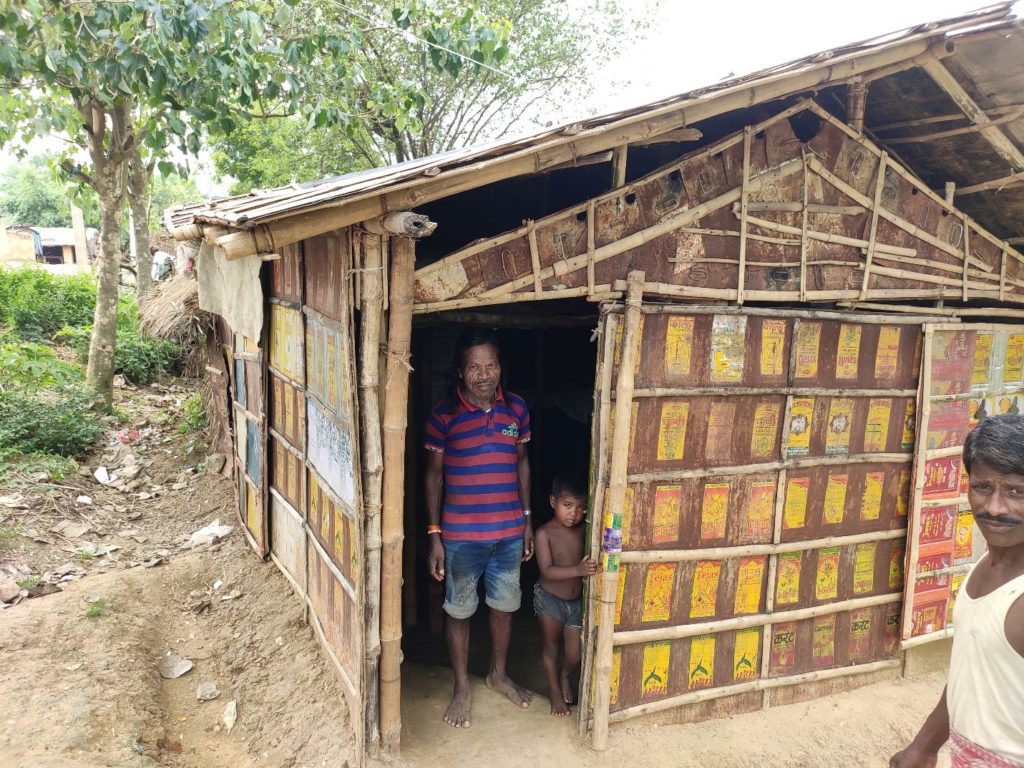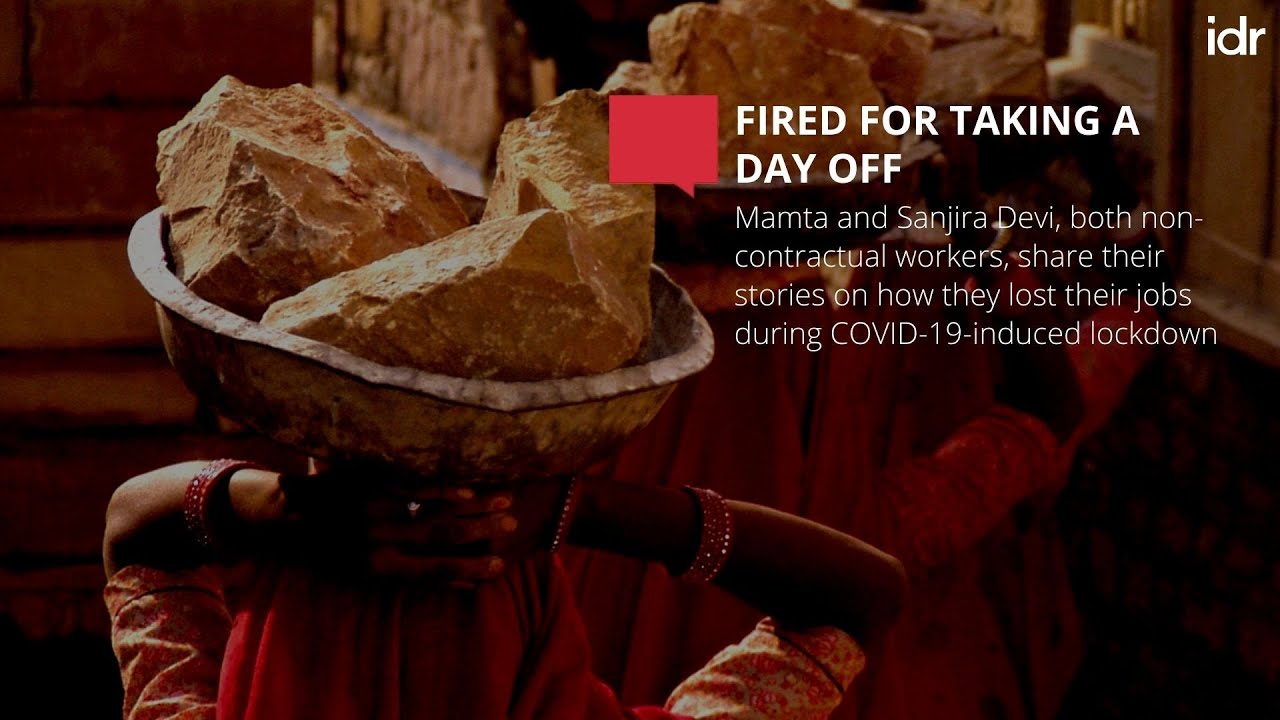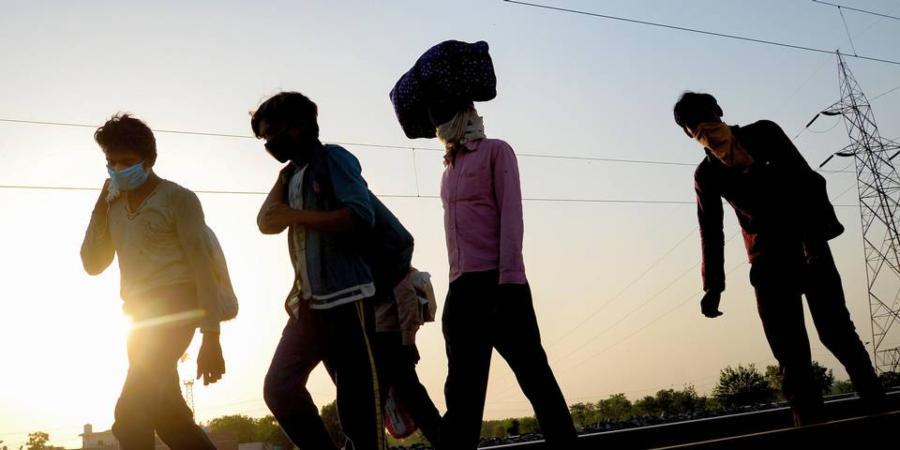Our investor, Digital News Ventures, have written a fantastic article in their newsletter about Mobile Vaani. Original source here.
Mobile Vaani Case study by UNESCO-Pearson Initiative for Literacy
Through the UNESCO-Pearson Initiative for Literacy: Improved Livelihoods in a Digital World, this case study is part of a series highlighting how inclusive digital solutions...
Mobile Vaani Case Study by GSMA
OnionDev provides a voice-based interactive media platform to underserved populations in developing regions, accessible for free through low-end feature phones, enabling even marginalised populations to...
Economic Times suggests how Gram Vaani’s technologies can be used in the MFI sector
Our community engagement technologies can be useful for micro-finance organizations to reach out to their customers and remain updated on their problems, to offer prompt...
लोग अपना पेट काटकर मिटा रहे हैं बच्चों की भूख, कहां गया 68% बच्चों के मिड-डे मील का पैसा?
कोविड संकट और लॉकडाउन ने हमारे समाज की उन बुनियादी आवाश्यकताओं की कमर तोड़ दी है, जिनके बारे में समाज का रईस तबका बात तक...
Short audio clips help students learn in rural Bihar
Tuplal Das’ clear voice rings out in Hindi. After greeting his audience, he introduces himself as a member of Lahanti
How has NREGA fared during lockdown?
Often the sole source of income for rural households, NREGA has been plagued with issues during the pandemic. Insights from the ground explain why.
IDR Ground Up | Fired for taking a day off
Not all jobs lost during the lockdown have come back. From Gram Vaani’s work with informal and registered workers across industries in north and south...
Industrial sector workers largely insecure, underpaid: Survey
The garments sector workers were more severely hit than the others with 20 per cent workers saying their earnings dropped by more than Rs 2,000...








